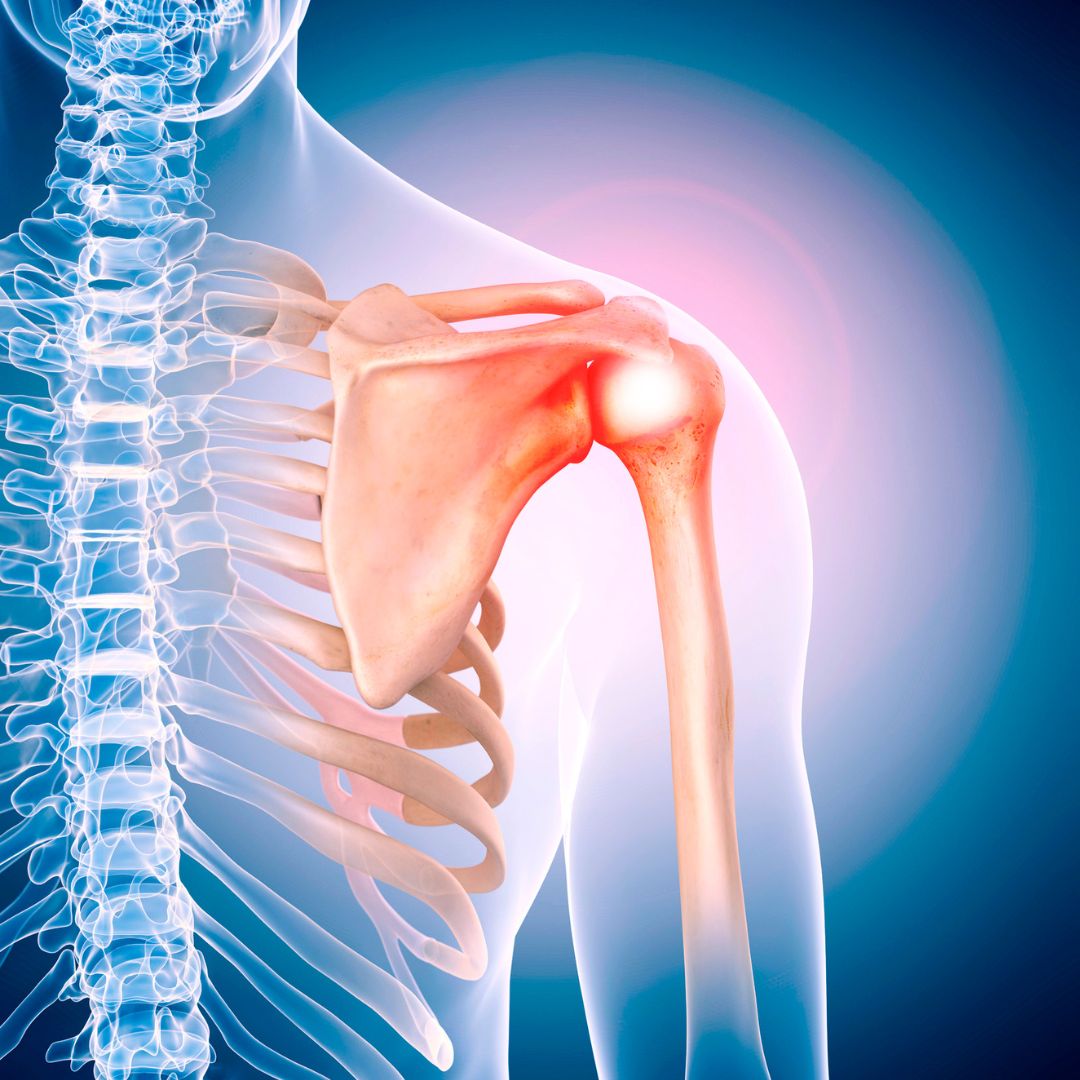Rotator cuff repair, shoulder arthroplasty, shoulder instability, and the treatment of elbow injuries are among the topics of recent studies reviewed in the new JBJS Guest Editorial “What’s New in Shoulder and Elbow Surgery.” Here, we present the 5 most impactful findings, as selected by co-author H. Mike Kim, MD.
Rotator Cuff Repair
– Investigators reported the 10-year results of a randomized controlled trial (RCT) comparing single- and double-row arthroscopic rotator cuff repair1. Western Ontario Rotator Cuff Index (WORC) scores were higher in the double-row cohort. The single-row group had significant decreases in the WORC and American Shoulder and Elbow Surgeons (ASES) scores between 2 and 10 years. Among the patients with 10-year ultrasound, retear rates were similar between the repair types. As concluded by the authors, joint function between 2 and 10 years was preserved by double-row fixation. Single-row repair showed functional decline.
Shoulder Arthroplasty
– An RCT assessed the effect of intravenous dexamethasone on pain control and postoperative nausea and vomiting in patients undergoing anatomic or reverse total shoulder arthroplasty2. Thirty-two patients were in the control group, and 43 were in the dexamethasone group. The researchers found that the dexamethasone group had lower opioid use, VAS pain scores, and antiemetic use in the first 24 hours postoperatively compared with the control group. They concluded that “Dexamethasone is an important multimodal adjunct for controlling pain and postoperative nausea and vomiting following primary TSA2.”
Unexpected Positive Cultures in Revision
– Researchers investigated cases of unexpected positive cultures in revision shoulder arthroplasty to assess whether such findings impacted patient-reported outcomes3. The study included 124 patients undergoing presumed aseptic 1-stage revision with a minimum of 2 years of follow-up. Unexpected positive cultures (most commonly, C. acnes) were found for 22% of the patients. Oxford Shoulder Score results did not differ between those with or without positive culture results at the most recent follow-up. In addition, baseline function was not worse for culture-positive compared with culture-negative patients.
Shoulder Instability
– A recent RCT compared arthroscopic Bankart repair and nonoperative treatment (immobilization and physical therapy) in patients 18 to 25 years of age with first-time anterior shoulder dislocation4. Bankart repair reduced the risk of secondary dislocation and improved functional outcomes in these young patients.
– Other researchers conducted an RCT to assess the efficacy of Bankart repair with or without arthroscopic remplissage in patients with recurrent anterior instability and a Hill-Sachs lesion and minimal glenoid bone loss5. A total of 108 patients were included in the study, and the average follow-up was 25 months. The rates of recurrent instability differed significantly between the groups: 18% in the group without remplissage and 4% in the remplissage group. The rate of revision was also higher in the no-remplissage group (12% vs. 0%). There was also a higher risk of redislocation with no remplissage in patients with a Hill-Sachs lesion ≥20 mm wide or ≥15% of the humeral head diameter.
Read the full JBJS Guest Editorial here: “What’s New in Shoulder and Elbow Surgery”
What’s New by Subspecialty
Each month, JBJS publishes a review of the most pertinent studies from the orthopaedic literature in a select subspecialty. Recent OrthoBuzz posts include: “What’s New in Hip Replacement,” “What’s New in Limb Lengthening and Deformity Correction,” and What’s New in Orthopaedic Trauma.”
References
- Lapner P, Li A, Pollock JW, Zhang T, McIlquham K, McRae S, MacDonald P. A multicenter randomized controlled trial comparing single-row with double-row fixation in arthroscopic rotator cuff repair: long-term follow-up. Am J Sports Med. 2021 Sep;49(11):3021-9.
- Klag EA, Kuhlmann NA, Tramer JS, Franovic S, Muh SJ. Dexamethasone decreases postoperative opioid and antiemetic use in shoulder arthroplasty patients: a prospective, randomized controlled trial. J Shoulder Elbow Surg. 2021 Jul;30(7):1544-52.
- Falstie-Jensen T, Lange J, Daugaard H, Sørensen AKB, Ovesen J, Søballe K; ROSA Study Group. Unexpected positive cultures after revision shoulder arthroplasty: does it affect outcome? J Shoulder Elbow Surg. 2021 Jun;30(6):1299-308.
- Pougès C, Hardy A, Vervoort T, Amouyel T, Duriez P, Lalanne C, Szymanski C, Deken V, Chantelot C, Upex P, Maynou C. Arthroscopic Bankart repair versus immobilization for first episode of anterior shoulder dislocation before the age of 25: a randomized controlled trial. Am J Sports Med. 2021 Apr;49(5):1166-74.
- MacDonald P, McRae S, Old J, Marsh J, Dubberley J, Stranges G, Koenig J, Leiter J, Mascarenhas R, Prabhakar S, Sasyniuk T, Lapner P. Arthroscopic Bankart repair with and without arthroscopic infraspinatus remplissage in anterior shoulder instability with a Hill-Sachs defect: a randomized controlled trial. J Shoulder Elbow Surg. 2021 Jun;30(6):1288-98.



